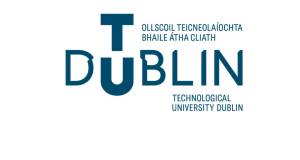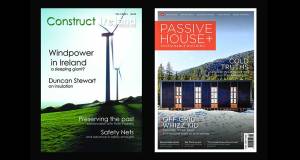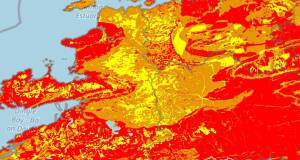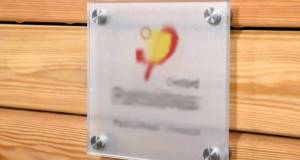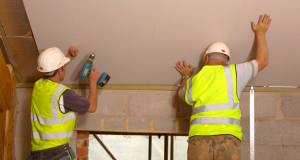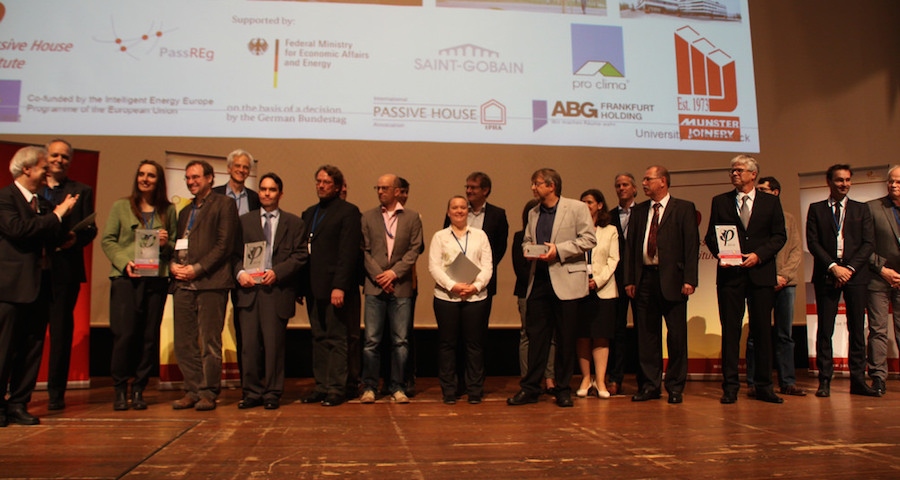
- Events
- Posted
Number of passive house professionals passes 4,000 mark
The number of certified passive house designers and consultants has passed the 4,000 mark globally, after the latest round of exams were held in more than 30 countries across Europe, North America and Asia.
Here's more information from the Passive House Institute:
With the growing importance of energy efficient construction, the need for relevant expert knowledge is also increasing, which is the reason why designers and architects around the world are equipping themselves with the necessary expertise. The number of certified experts for passive house design has now reached the 4,000 mark. Last Friday, examinations were given in more than 30 countries across Europe and North America as well as in South Korea and New Zealand. A total of 400 specialists proved their expertise relating to future-oriented construction and refurbishment during seminars dealing with subjects ranging from the thermal protection of the building envelope to the correct use of mechanical systems technology.
"Never before have experts with such proficiency in the field of energy efficient construction been in such great demand ", remarked Wolfgang Hasper of the Passive House Institute in Darmstadt. "At the same time, building owners are also looking for proof of exactly this kind of expertise when awarding contracts." Introduced in 2007 for the first time, the certified passive house designer qualification is now well-established internationally. It is proof that the competence of the certificate holder has been tested by an independent institute. For building owners and residents, this provides significantly increased security in terms of ensuring that buildings called passive houses comply with the passive house standard.
Passive house is increasingly becoming the standard for energy efficient construction in many countries. Legislation such as the European energy performance of buildings directive will reinforce this trend in the years to come. "With such rapid dissemination of the passive house standard, expert planning paired with available passive house components is crucial for a high quality and high energy efficiency," emphasises Hasper, who coordinates training courses and examinations at the Passive House Institute.
Optional training that prepares participants to achieve passive house designer or consultant status is currently offered by some 60 institutions around the world that have been accredited as examination bodies; the exam documents are made available by the Passive House Institute centrally. Initial evaluation of the written exams is carried out by the local examination body, after which a second correction is carried out by the Passive House Institute. Alternatively, this internationally recognised qualification can also be acquired by submitting a report on a certified passive house project.
A prerequisite for acquiring the personalised certified passive house designer certificate is a verified qualification allowing the applicant to independently design buildings or technical building systems, for example, qualification as an architect or civil engineer. For those without any such qualification, it is possible to acquire the passive house consultant certificate (although both levels often go by the title of consultant in North America). Whether designer or consultant, certificate holders must provide evidence every five years that they have put the acquired knowledge into practice and that they are up to date with the developments in the field by submitting a report on a certified passive house building that they have designed. A list of international course providers and examination bodies as well as a continuously updated overview of all passive house designers and consultants is available online at: www.passivehouse-designer.org.
Over a third of the total energy consumed in industrialised countries results from the operation of buildings, and most of this goes towards heating. This consumption can be reduced by up to 90 % with passive house technology. The remaining demand can then easily be met with renewable energies. This standard is not only economically attractive, it also constitutes a meaningful contribution to the energy revolution and climate protection.
Related items
-
 Medite Smartply makes TU Dublin green building donation
Medite Smartply makes TU Dublin green building donation -
 Big picture - New Zealand rural passive home
Big picture - New Zealand rural passive home -
 Podcast: what we've learned from 20 years in green building mags
Podcast: what we've learned from 20 years in green building mags -
 45,000 more Irish homes face radon risk, new maps reveal
45,000 more Irish homes face radon risk, new maps reveal -
 Passive house 30 years on: qualified success or brilliant failure?
Passive house 30 years on: qualified success or brilliant failure? -
 Major new grants for retrofit & insulation announced
Major new grants for retrofit & insulation announced


